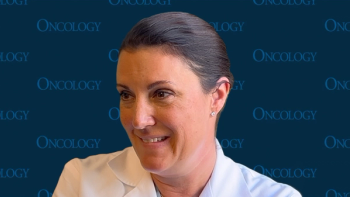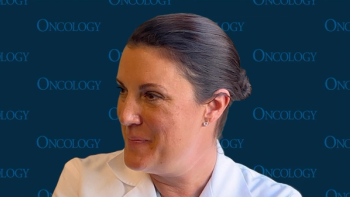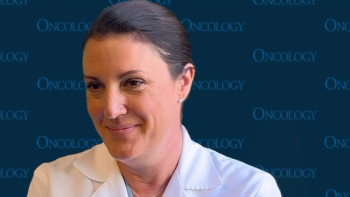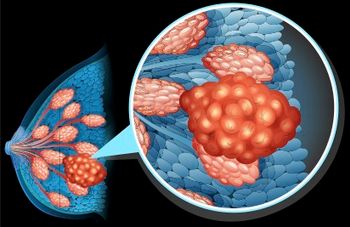
Early HER2+ Breast Cancer May Develop an Immunosuppressive Phenotype After Therapy
Some patients with HER2-positive breast cancer may develop an immunosuppressive phenotype based on an increase in regulatory T cells following treatment.
Some patients with HER2-positive breast cancer may develop an immunosuppressive phenotype based on an increase in regulatory T cells following treatment, according to a new analysis.
Though trastuzumab and pertuzumab have increased response rates and improved outcomes in HER2-positive breast cancer, 30% to 40% of early-stage patients treated in the neoadjuvant setting will have residual disease at the time of surgery. “Biomarkers determining who will or will not completely respond to neoadjuvant TCHP [trastuzumab, carboplatin, docetaxel, and pertuzumab] are lacking,” wrote study authors led by Jeremy Force, DO, of Duke University School of Medicine in Durham, North Carolina.
The researchers tested whether stromal tumor infiltrating lymphocytes (TILs) and other immune cells might predict responses to therapy in a set of 30 HER2-positive breast cancer tissues treated with TCHP (26 patients) or with TCH without pertuzumab (4 patients). The median age of the patients included was 50 years. Results of the analysis were
A pathologic complete response was achieved in 50% of the cohort; this included two of the TCH patients and 13 of the TCHP patients. Levels of pretreatment TILs were not associated with response (P = .42); the same was true for pretreatment CD4+ cells (P = .55), CD8+ cells (P = .19), FoxP3+ cells (P = .66), and PD-L1+ cells (P = .87).
After treatment, though, CD4+ cells were significantly elevated in the patients that had residual disease (P = .042). There was also a trend toward elevated FoxP3 cells (P = .082) in those patients, another type of regulatory T cell. CD8+ cells also showed a trend toward elevated levels in the residual disease samples (P = .082).
“Our data suggest that early-stage HER2-positive breast cancers treated with neoadjuvant combination docetaxel, carboplatin, and trastuzumab with or without pertuzumab demonstrate tumor immune microenvironment phenotype changes,” the authors concluded. They noted that this is exploratory and hypothesis-generating, and the findings need to be confirmed in a larger cohort. “This immunosuppressive tumor microenvironment involves CD4+ and FoxP3+ cells that represent a regulatory T-cell population. Further investigation into what triggers immunosuppressive phenotypes in early-stage HER2-positive breast cancers with residual disease is warranted.”
Newsletter
Stay up to date on recent advances in the multidisciplinary approach to cancer.


















































































